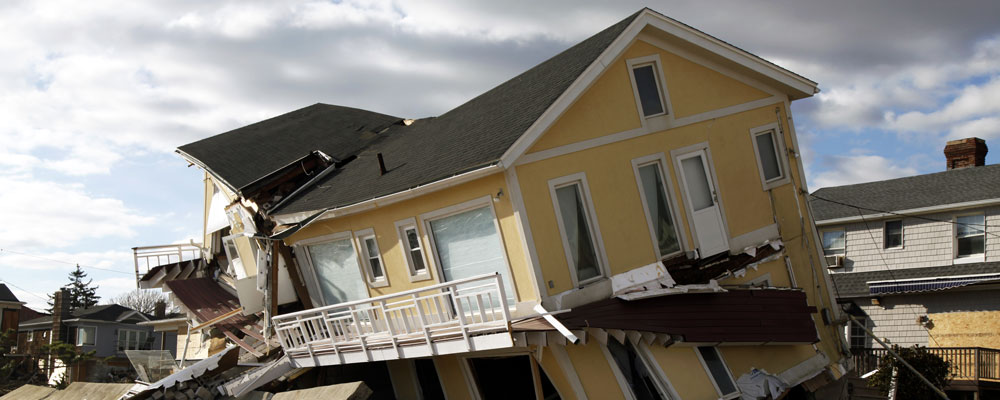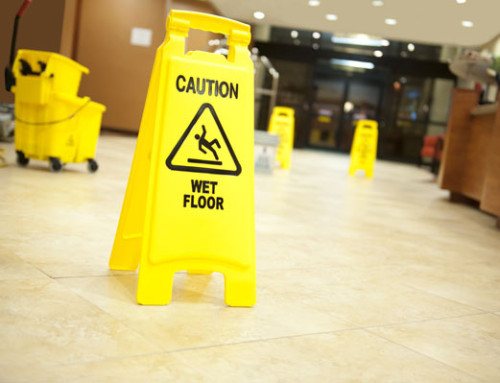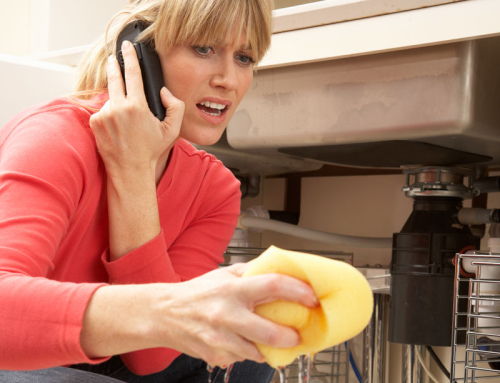When trying to recover from a flood, there are several important precautions that you need to take when attempting cleanup. Hurricanes and flooding are not strangers to the Central Florida native. All over Florida we are prepared and preparing for the after effects of Mother Nature. However, no matter where you live, the important steps to recovering from a flood are not that different. The number one rule is always “Safety First”. Be aware that this water is Category 3 water, which means it is tantamount to raw sewage. This is NOT clean water and should be treated the same as an overflowing toilet after a Taco Bell binge-fest. Follow these important steps to protect your family and your animals.
Important Precautions
It is best to return to your home during the daytime because you will need to shut off all electrical power (this is done easiest by tripping the main breaker) and natural gas or propane to avoid electrocution, fires, or explosions. If you smell gas, turn off the main gas valve, open all windows, and leave the house immediately. Call the police or fire departments or State Fire Marshal’s office and do not return home until you are told it is safe to do so. Use battery powered flashlights instead of gas lanterns or torches.
Watch out for fallen power-lines (especially those in water) and avoid wading in standing water if you don’t have to. Be aware that the water may contain broken glass, other sharp objects, hazardous chemicals, and is full of nasty microorganisms that are just WAITING to climb into your open wound and give you a heck of an infection. Floridians, watch out for snakes, alligators, and our other wonderful wildlife who feel that the tables have turned and you are now on their turf.
Cleanup inside the Home
- Keep your children and pets out of the effective area until cleanup is complete.
- Make sure you have a current tetanus shot.
- Wear protection: rubber boots, rubber gloves, and goggles (If you are considering ignoring this advice, think about the taco bell binge-fest water getting splashed in your eye or mouth. You have been informed. It’s up to you.)
- Remove and trash items that cannot be washed and disinfected (e.g. all forms of carpeting and rugs, mattresses, upholstered furniture, cosmetics, baby toys, foam and wall coverings, paper items, etc.)
- Remove and trash drywall and insulation that has been contaminated with sewage or flood waters.
- Clean and disinfect all hard surfaces (e.g. wood/metal furniture, appliances, sinks, countertops, flooring, etc.). Don’t worry about getting these items wet, they’ve already been wet from the flood water. You can clean them with hot water and laundry or dish detergent. You can also use a bleach solution of 1 cup of bleach per 1 gallon of boiled (or already clean) water. If you choose to use bleach, DO NOT MIX WITH AMMONIA OR OTHER CHEMICALS.
- Use fans, air conditioning units, and dehumidifiers to help with the drying process. DO NOT USE YOUR HOME AIR CONDITIONING UNIT IF IT WAS CONTAMINATED BY THE FLOOD WATER.
- “During flooding, systems for heating, ventilating, and air conditioning (HVAC) can become submerged in flood waters. As a result, these systems may contain substantial amounts of dirt and debris and may also become contaminated with various types of microorganisms such as bacteria and fungi… all components of the HVAC system that were contaminated with flood water or moisture should be thoroughly inspected, cleaned of dirt and debris, and disinfected by a qualified professional.” Centers For Disease Control and Prevention
After the Cleanup
- Wash your hands with warm water and soap. Boil the water for 1 minute and allow the water to cool before washing your hands.
- Directions for disinfecting water for personal hygiene use as given by the Centers For Disease Control and Prevention: “You may use water that has been disinfected for personal hygiene use (solution of ⅛ teaspoon [~0.75 milliliters] of household bleach per 1 gallon of water). Let it stand for 30 minutes. If the water is cloudy, use a solution of ¼ teaspoon (~1.5 milliliters) of household bleach per 1 gallon of water.”
- All clothes worn during the cleanup should be washed separately from uncontaminated clothes in hot water and detergent. We recommend using a Laundromat or a friend’s house for washing until your onsite waste-water system has been professionally inspected and serviced.
No matter how much work you do on your own, you will reach a point where you will need a qualified professional like us to come in and help. It is important to the integrity of your home and the health of your family to get your house dried as soon as possible. Mold will develop within 24-48 hours and will cause additional problems all your already full plate. We are here to help 24/7. Contact us (407)900-8996 for a free estimate. See our articles “Homeowners Insurance and Water Damage” and “How Much Does Water Damage Cost In Florida” for information on what your insurance will and will not cover.






